What brings a Belgian woman living in Leicestershire to Lochaber to follow in the footsteps of a Scottish landscape photographer?
Estelle Slegers Helsen is fascinated by the passage of time, and the changes it brings.
When she saw the work of late photographer WS Thomson thanks to a friend giving her his book Highlands In Colour, she was interested, not to say hooked.
Marrying her intrigue with the effects of time, her love of Scotland, and her admiration for William Sutherland Thomson, a project formed in her mind to retrace his steps and see how the landscape he was photographing has changed over the past 70 years.
She started this month in Lochaber, although she hopes to carry on to other areas.
Retracing footsteps
In collaboration with West Highland Museum in Fort William, Estelle is spending four weeks in the area, recreating Thomson’s photographs and using old and new to prompt memories in local residents.
She has backing for her Travel in Time project from the Year of Stories 2022 Communities Fund, and will be giving talks, recording interviews and creating banners of her work to place in villages.
WS Thomson was from Glasgow, and lived and worked from 1945-61 in Fort William and Corpach — where incidentally he stayed in Thomas Telford’s house on the Caledonian Canal.
As a landscape photographer, he roamed around Scotland generating material for two pictorial books – Scotland In Colour and Highlands In Colour – made 20 Let’s See booklets, and many calendars and postcards.
Estelle, a journalist and photographer, said: “I was impressed with the quality of his work.
“He was one of the leading colour photographers of his day, and took nicely framed, classical landscapes.
“I was struck by how little I could find out about him, but things opened up once I met Chris Robinson and Vanessa Martin from the West Highland Museum.
“They referred me to people and I was able to get an outline of his biography from local people, coming together bit by bit like a jigsaw.”
Lost originals
Sadly most of Thomson’s original photos are lost, although one of his grandchildren has around 20 transparencies.
Estelle said: “I think he must have worked 24/7, because he also did baby and school photos.
“He drove a rather fancy car, a Jowett Javelin, and liked to place it in some of his pictures.”
Thomson was 100% a proud Scotsman, often sporting his kilt, Estelle said.
He sold his work to the major postcard companies of the time, like Valentines of Dundee, and then went out on his own.
“He was the kind of guy who fell out with people,” Estelle said.
Lively correspondence
From the National Library of Scotland she has unearthed his correspondence with his book publishers, Oliver & Boyd, and describes it as a “page turner”.
“Each end of year was a cliffhanger. Several things happened and there were often issues about copyright.”
After his long spell in Lochaber, Thomson moved to Edinburgh for reasons unclear, though probably to carry on his work, Estelle says.
He was made an MBE in the 1967 New Year’s Honours list for services to Scottish tourism, but died not long afterwards, aged 61.
Estelle recreates Thomson’s photos by seeking out the exact spot and using a grid.
Often finding the exact spot is challenging and can take hours.
Estelle said: “It took me six hours to find the Loch Maree one as I thought it was near the road, but it was the 1950s road, which isn’t in the same place now. ”
“By the time I found it the light was gone and I had to go back and do it again.”
Estelle would be delighted to hear from members of the public who remember WS Thomson or would like to comment on the photos and urges them to get in touch with her at info@newtraces.uk.
You might also enjoy:
Ten decades, ten objects: Popular Fort William Museum celebrates its first century
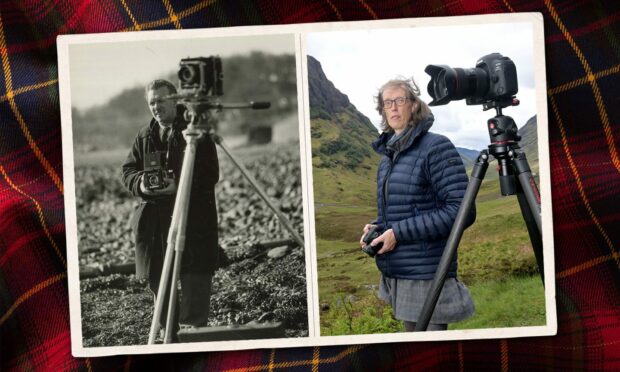

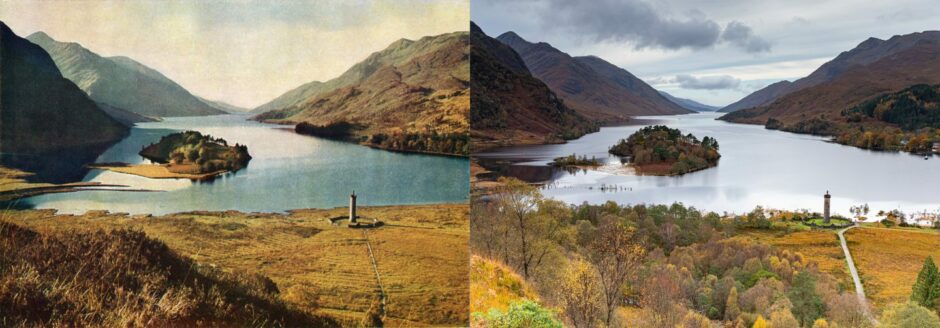
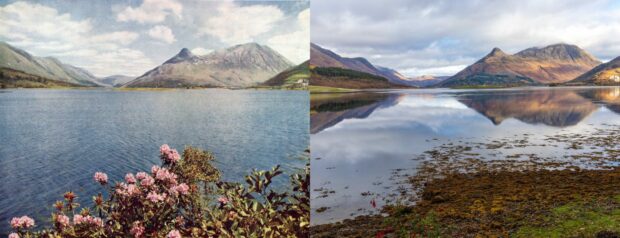
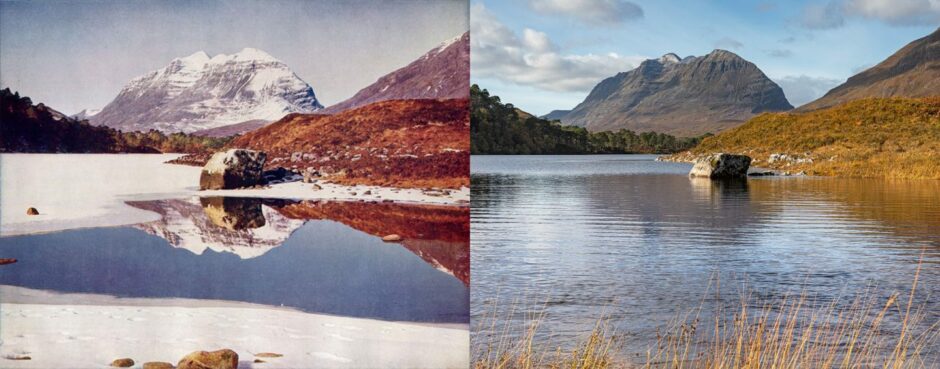

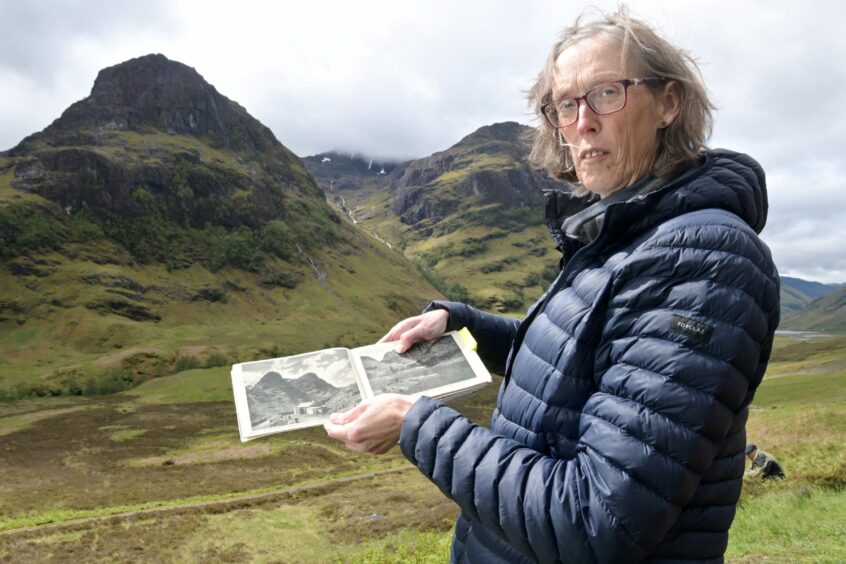
Conversation